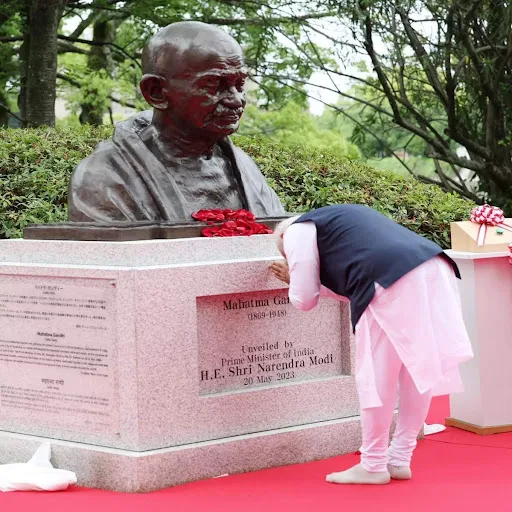The Sikkim Krantikari Morcha (SKM), translating to "Sikkim Revolutionary Front," has emerged as a significant force in the political arena of Sikkim, India. Founded in 2013 by Prem Singh Tamang, popularly known as P.S. Golay, the party was established as a response to the perceived need for a more dynamic and people-centric governance in the state. Over the years, SKM has grown in influence, challenging the long-standing dominance of the Sikkim Democratic Front (SDF).
Origins and Ideology
The SKM's inception was rooted in a wave of dissatisfaction among Sikkim's populace, who felt neglected under the SDF's prolonged rule. The SKM espouses a progressive ideology focused on transparency, accountability, and inclusive development. Its manifesto highlights a commitment to addressing socio-economic disparities, improving infrastructure, and promoting sustainable development.
P.S. Golay, a former SDF minister, spearheaded the movement with a vision to foster a political environment free from corruption and nepotism. The SKM’s emblem, featuring a lantern, symbolizes enlightenment and a guiding light for Sikkim's future.
Electoral Success
The SKM's significant breakthrough came in the 2019 Sikkim Legislative Assembly elections. The party won 17 out of 32 seats, ousting the SDF, which had been in power for 25 years. This victory marked a new era in Sikkim's politics, showcasing the electorate's desire for change and rejuvenation in governance.
Key Policies and Achievements
Since assuming office, the SKM government has initiated several policies aimed at enhancing the quality of life for Sikkim's residents. Key areas of focus include:
1. Education and Employment: The SKM has launched initiatives to improve educational infrastructure and quality, with an emphasis on vocational training and job creation to curb youth unemployment.
2. Healthcare: The party has prioritized healthcare reforms, aiming to make medical facilities more accessible and affordable. Efforts include upgrading existing hospitals and establishing new health centers in remote areas.
3. Agriculture and Environment: Recognizing the importance of agriculture in Sikkim's economy, the SKM promotes organic farming and sustainable agricultural practices. Environmental conservation is also a crucial agenda, with policies aimed at preserving Sikkim's rich biodiversity.
4. Infrastructure Development: The SKM government has invested in improving road connectivity, public transport, and digital infrastructure to foster economic growth and better integration of rural areas.
Challenges and Criticisms
Despite its successes, the SKM has faced challenges and criticisms. Political opposition and public scrutiny over certain administrative decisions have tested the party's resolve. Allegations of insufficient experience and occasional policy missteps have been points of contention. However, the SKM's leadership has consistently emphasized its commitment to learning from mistakes and adapting policies based on public feedback.
Future Prospects
The SKM's rise in Sikkim's political landscape is indicative of a broader trend in Indian regional politics, where new parties are challenging established entities by promising and delivering change. As the party consolidates its position, its ability to navigate political complexities and deliver on its promises will be crucial for its sustained success.
The SKM’s future will likely hinge on its ability to maintain the trust of Sikkim’s electorate by continuing to implement effective policies and addressing the evolving needs of the state. With a foundation rooted in revolutionary ideals and a focus on inclusive development, the SKM has the potential to shape Sikkim's trajectory for years to come.
In conclusion, the Sikkim Krantikari Morcha represents a significant shift in the political dynamics of Sikkim. Its emphasis on transparency, development, and people-centric governance resonates with a populace eager for change, positioning the party as a pivotal player in the state’s future.















































